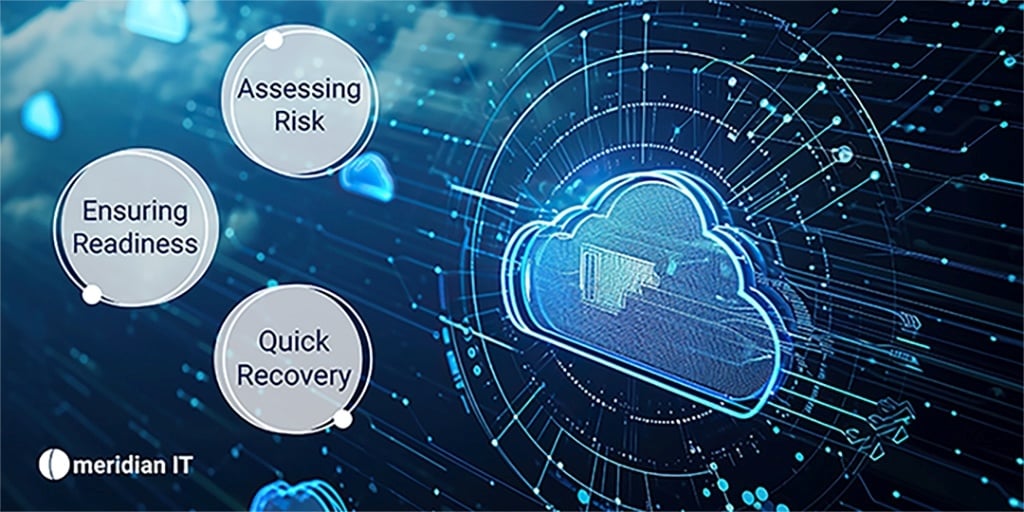In today's chaotic, hybrid world, staying ahead of cyber threats is more crucial than ever. A clean room is another layer to getting your company back up and running after an attack. What exactly is a clean room, and why is it so important? Let’s dive in.
The Rising Threat of Cyber Attacks
Cyber threats and ransomware introduce existential risks, causing organizational confusion and anxiety. Limited workloads and minimal recovery options often constrain traditional disaster recovery methods. Clean rooms, on the other hand, offer a unique test bed to validate the effectiveness of cyber-recovery plans, technologies, and processes. They provide a secure environment where data and critical assets are isolated and safeguarded from attacks.
Ransomware: Changing the Face of Recovery
With constant breaches, the question is not if or when but how often an organization will be breached. Ransomware has transformed the traditional recovery process, making it crucial for organizations to have a robust and adaptable approach to true resilience. Due to a lack of testing, many organizations are unaware of the gaps in their cyber recovery plans. Ransomware often targets backup environments, embedding malicious code that complicates recovery efforts.
Critical Questions for Recovery:
- Do we know how the attackers got in? What damage did they do? What did they take? Are they gone?
- What is my most current clean backup? Can I prove it’s clean?
- Has my recovery environment been compromised? Can I prove the location I want to recover to is clean?
The unpredictable nature of attacks adds complexity, making it difficult to answer these questions consistently. This leads to critical challenges:
- Complex Testing: Testing recovery for uncertain scenarios is challenging and expensive.
- Forensic Roadblocks: Investigations often delay rapid recovery.
- Compromised Environments: Worst-case scenarios may leave no reliable place to recover rapidly.
How can a Clean Room help?
A clean room is an isolated and secure environment that facilitates rapid cyberattack recovery and response. It acts as a quarantined space where organizations can safely restore and analyze data without the risk of further contamination or re-infection.
By providing a clean and controlled environment, a cyber resilience clean room enables organizations to:
- Conduct forensic investigations: Thoroughly analyze the attack to understand its scope, impact, and root cause.
- Test recovery plans: Validate backup and recovery procedures in a safe environment without affecting live systems.
- Restore critical systems: Rapidly recover essential functions and minimize business disruption.
- Mitigate risks: Identify vulnerabilities and implement preventive measures to enhance future cyber resilience.
Benefits of Meridian IT and Commvault’s Cleanroom Recovery
Cyber resilience has never been more attainable. Meridian IT has teamed up with Commvault to give companies access to Commvault’s Cleanroom Recovery solution. Cleanroom Recovery eliminates the complexity, cost, and untenable requirements of readiness and recovery for the hybrid enterprise. With automated control plane recovery and seamless integration with air gap protection, IT leaders can confidently rely on a proven approach that ensures clean and easy restoration in a new, uncontaminated cloud environment, all fully managed by Meridian IT.
In a world where cyber threats constantly evolve, having a Clean Room strategy partnered with an expert team managing your cyber resilience strategy provides the ultimate safe haven, ensuring your organization’s resilience and uninterrupted business continuity.
Ready to learn more? Reach out to the Meridian IT mProtect today.



